Motor Accident Commission’s road-safety campaigns saved hundreds of lives
A HAIRY fairy in a pink tutu. Bachelorette star Ali in a very distracting top. Speeding zombies. Videos that disturbed, amused, and provoked. The now-axed Motor Accident Commission won awards for its road-safety campaigns — and many South Australians owe its their lives.
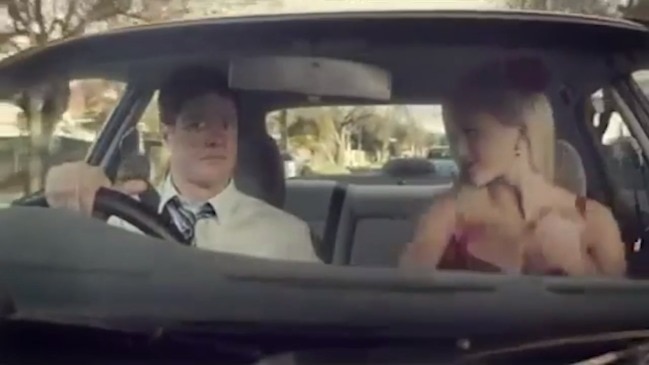
- It’s gone: MAC will close from July next year
- Wankers, cocks and knobs on the road
- MAC sale an immediate injection of $1b
- Secret report says don’t sell the MAC
- Goodbye and thanks for the savings, and the life savings
IT WAS often cursed by motorists as administrator of the compulsory third party insurance scheme which annually caused car registration bills to skyrocket, but was also loved for something equally significant.
The now redundant Motor Accident Commission was literally a lifesaver, credited over the past decade for producing hard-hitting, provocative and sometimes amusing TV advertisements that South Australians could not ignore.
In one of sixty marketing campaigns over that time, drivers “creeping” over the speed limit morphed into dead people, and in the current campaign, speed limits are shaved into the hairy torsos of men to create a word-association with “hairy” situations on the road.
From a woman’s head smashing through a windscreen, clever visual word play using a ship’s anchor with a “w” in front of it to describe bad drivers, a woman wiggling her little finger to question a speeding male driver’s manhood or the bloodied head of a child victim in the back seat of a car, the road safety advertisements have been a constant reminder to drive safely.
As new threats emerged on the road, like mobile phone distractions, the ads became more risque. Perhaps now the most memorable campaign for some will be the organisation’s 2012 effort when the current Ten TV show Bachelorette star Ali Oetjen distracted a young male driver by gyrating in the front passenger seat wearing a barely-there crimson top.
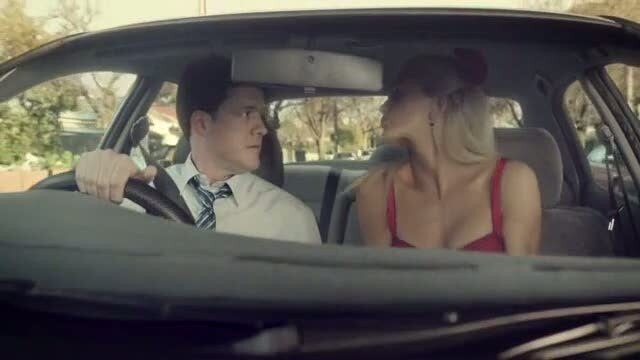
The MAC wasn’t alone in pushing the boundaries of acceptability in road safety advertising, but along with the Victoria Traffic Accident Commission was an early adopter, says Chairman of 12 years until 2015 Roger Cook.
“When I took over as chair, I looked at where best practice was and that was the TAC in Victoria where they were helping the police achieve miraculous road safety results,’’ he said.
In that state, road deaths had plummeted from 705 in 1989 to 396 in 1992, the year the MAC was created here.
Mr Cook, who lost his only son to a road accident, says to a person the MAC board was “incredibly passionate about road safety”, but keeping the insurance scheme afloat was also a priority. “We took over all of the safety campaigns in about 2007 which was good because up until then, they had been pretty forgettable,’’ he said.
“Obviously part of making the MAC sustainable was getting the payouts down because they were becoming so big by then. There was a social impact and a financial impact for the state.’’
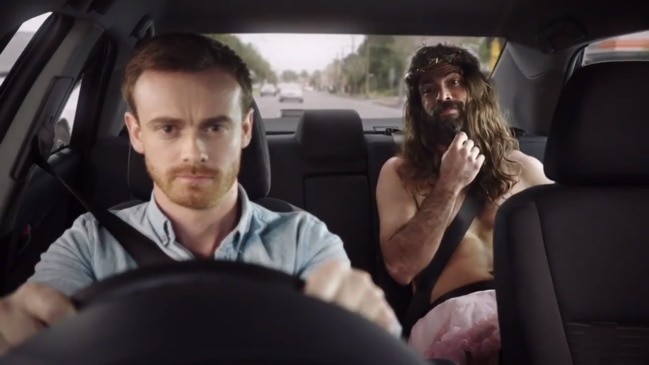
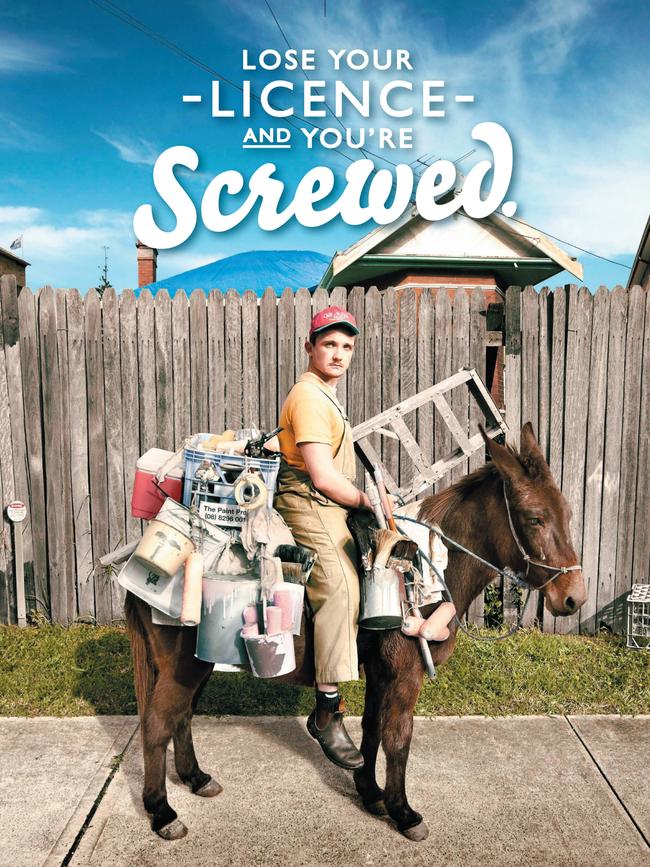
THE MAC was created in 1992 from the State Government Insurance Commission. The original purpose was to make sure the government insurance fund survived, to be able to pay out ever-increasing insurance claims from vehicle accidents. In 1992, 165 people died on SA roads. Along with the associated crash injuries, payouts were ballooning and adding a huge burden to state insurance.
Despite death and injuries going up before they came down to the current 93 fatalities in 2017, thanks to good management and car registration fee increases, the commission balanced the books for more than 20 years as well as making some tidy profits.
In the early years TV viewers were more likely to see a covertly filmed MAC scammer on the news — engaging in some strenuous activity while feigning incapacity — rather than a road safety message.
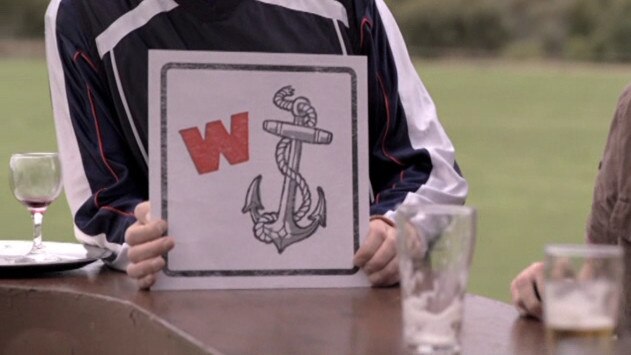
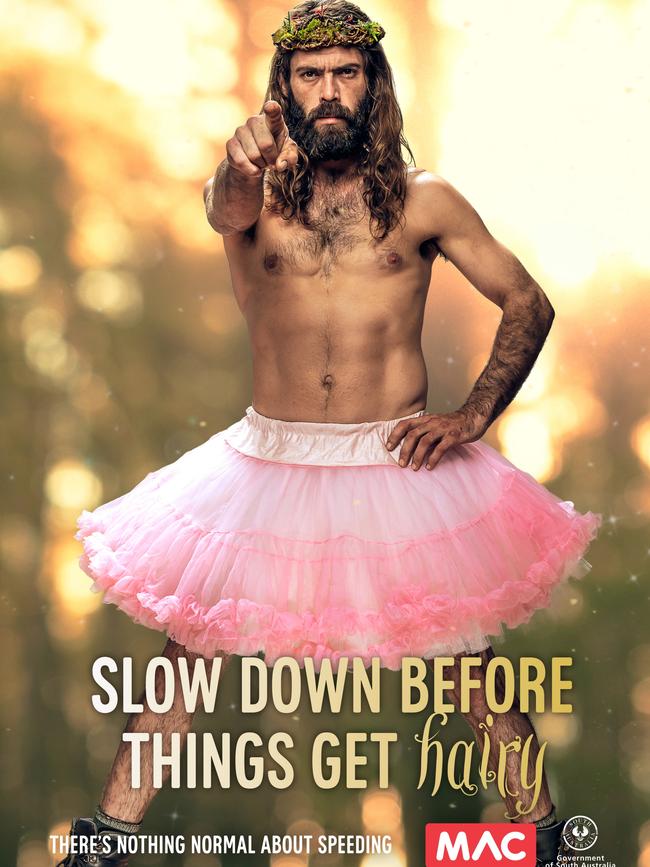
Road safety campaigns will now be run by police and the Transport Department, which will answer to, by nature, risk averse ministers who must answer to public opinion.
Mr Cook argues the agenda-setting nature of the safety campaigns was only possible because the MAC sat at arms length of government as an “independent” commission.
“The board was basically private sector and was prepared to break eggs, and a few times we upset people but the campaigns were demonstrably working we knew from the evaluations afterwards,’’ he said.
Mr Cook resigned from the MAC board a year after a shock Budget announcement to open the state’s compulsory third party insurance scheme to market competition. The MAC sell off went on to raise $2.5 billion.
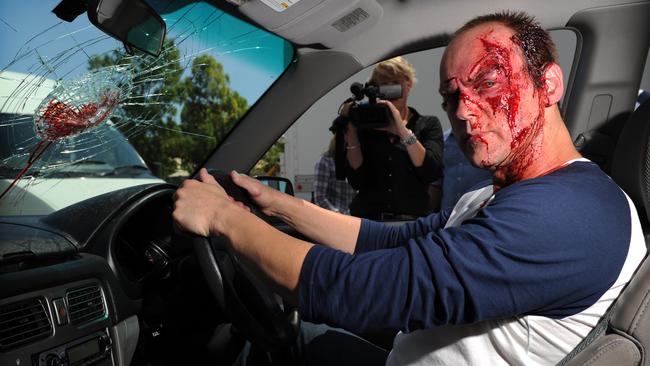
BUT the 2014 decision, to take effect in 2016, was the beginning of the end of the organisation, despite the fact that a core of staff of 30 continued to save lives with their advertising campaigns and numerous community campaigns like sponsorship of the MAC rescue helicopter.
Many experts, including those at the powerful RAA, are questioning the wisdom of the decision, given the organisation’s track record of road safety success.
Just days before the announcement this week that the MAC would be wound up in July 2019, the organisation’s 2008 “creepers” campaign was credited with starting a 10-year downward spiral in road deaths caused by “minor” speeding.
Since 2008, the number of fatal and serious injury crashes in SA, which involved a vehicle travelling over the posted speed limit, has decreased 55 per cent.
Last year a total of 93 people died on SA roads, and critics will be quick to point out this achievement if the death rate increases into the future.
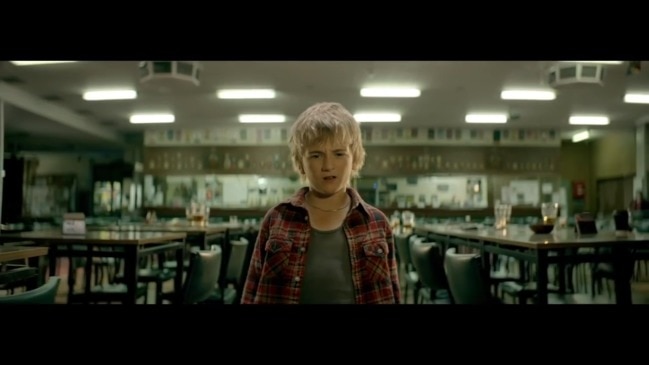
Awards and recognition
MAC campaigns 2007-18
■ Six State marketing awards for Creepers, Stoned Surgeon/Mythbusters, Matemorphosis, Tour Down Under, 10 Year Hangover, and Game Changers.
■ Four National marketing awards for Creepers, Stoned Surgeon/Myth-busters, Matemorphosis, and Hairy Fairy.
■ Lose Your Licence and You’re Screwed — featured on World Health Organisation’s website as best practice case study.
■ State and International markets adopted MAC campaigns: Grow Up, Mobile Distraction, — ‘You can live without it’, and No Place to Race.
